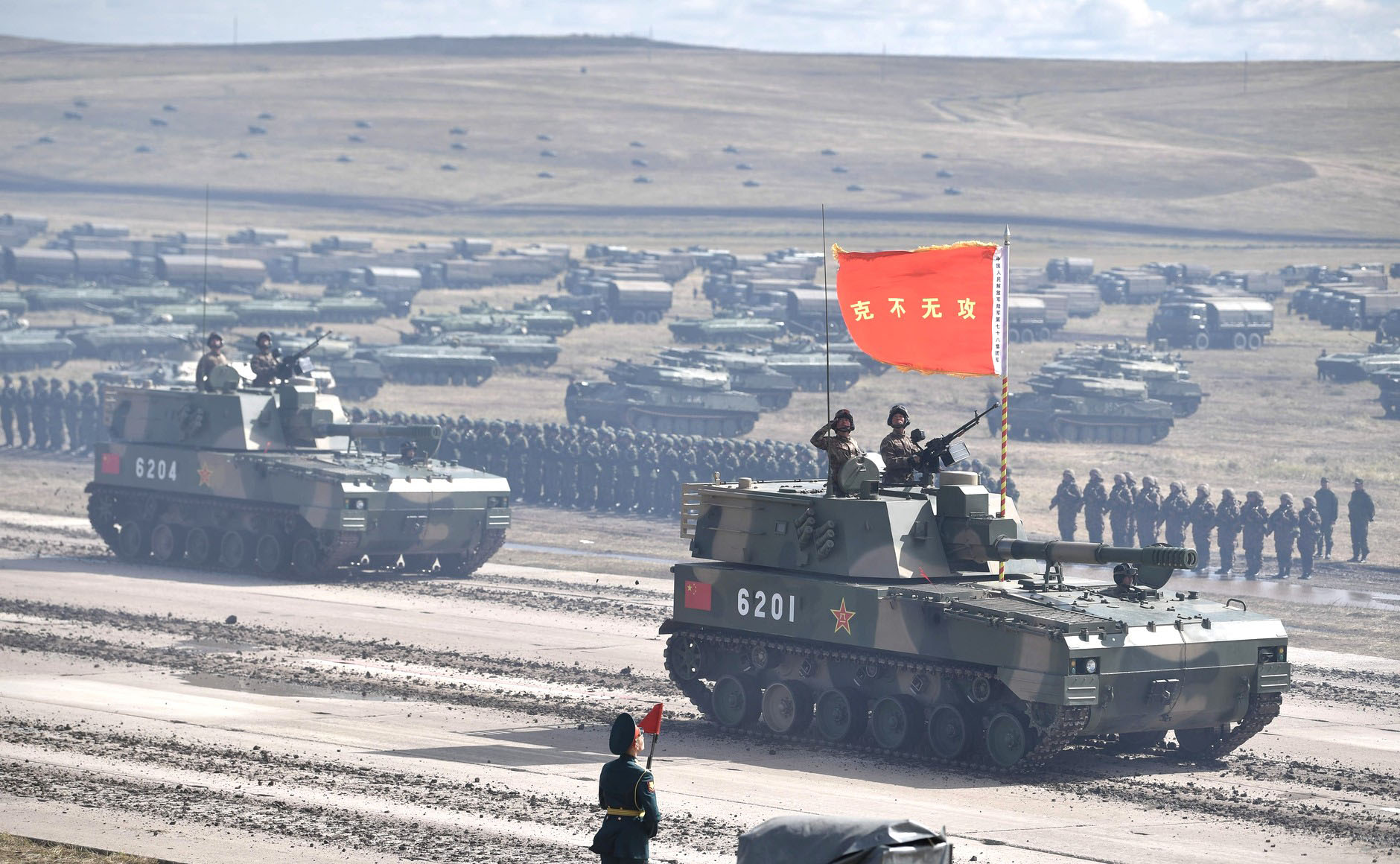In the classic 1980s comedy "Ghostbusters," the heroes have one serious rule for using their powerful anti-ghost weapons, which emit long beams of specter-killing electrons: "Don't cross the streams." As the United States and its allies watch the continuing rapprochement between Russia and China, they would do well to heed that advice: each rival is dangerous, but as they converge they become a true global threat.
One concrete indication of this growing risk is the escalating boldness of the Russian Navy, which has been confronting U.S. warships around the world. Most recently, and dangerously, was the near-collision of the U.S. cruiser Chancellorsville and a Russian destroyer that made a reckless approach to within 30 meters in the western Pacific, waters that the Chinese are increasingly looking at as their own.
During the Cold War, for the most part, China and the Soviet Union kept a wary distance from each other. Over the past several years, however, under Presidents Xi Jinping and Vladimir Putin, they are drawing closer and closer. This coalescing, possibly resulting in a unified block that dominates the Eurasian continent, may be the most important geopolitical trend of the 21st century.


















With your current subscription plan you can comment on stories. However, before writing your first comment, please create a display name in the Profile section of your subscriber account page.